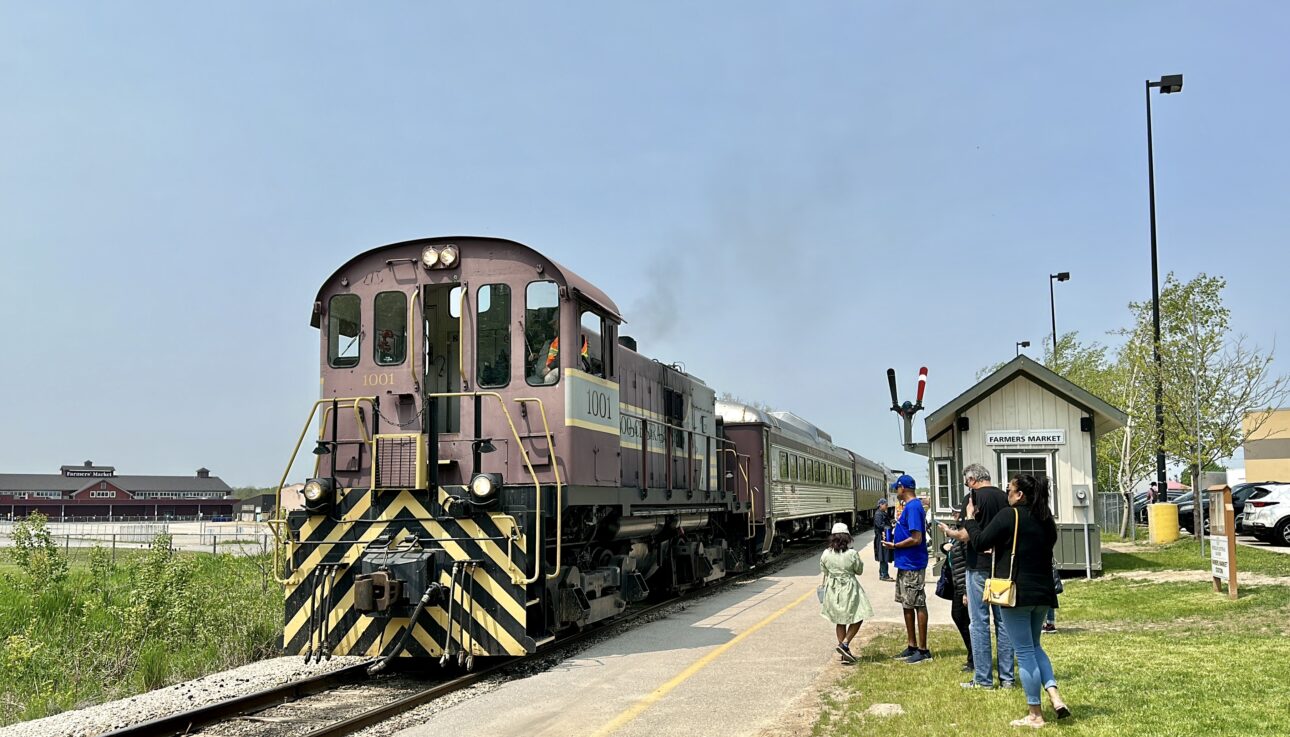Everyone who loves trains wants to know how the railways started, right? After all, don’t we all love to see a heritage train traveling through the landscapes, and imagine how Canada’s railways came to be what they are today? We traveled back in time on the Waterloo Central Railway, an authentic heritage train running through Ontario’s Mennonite farming communities of Waterloo and Woolwich. It was a great experience which took us back to the 1950s when the Canadian Pacific Railway upgraded to stainless steel cars and diesel engines.
A Brief History of Canada’s Railways
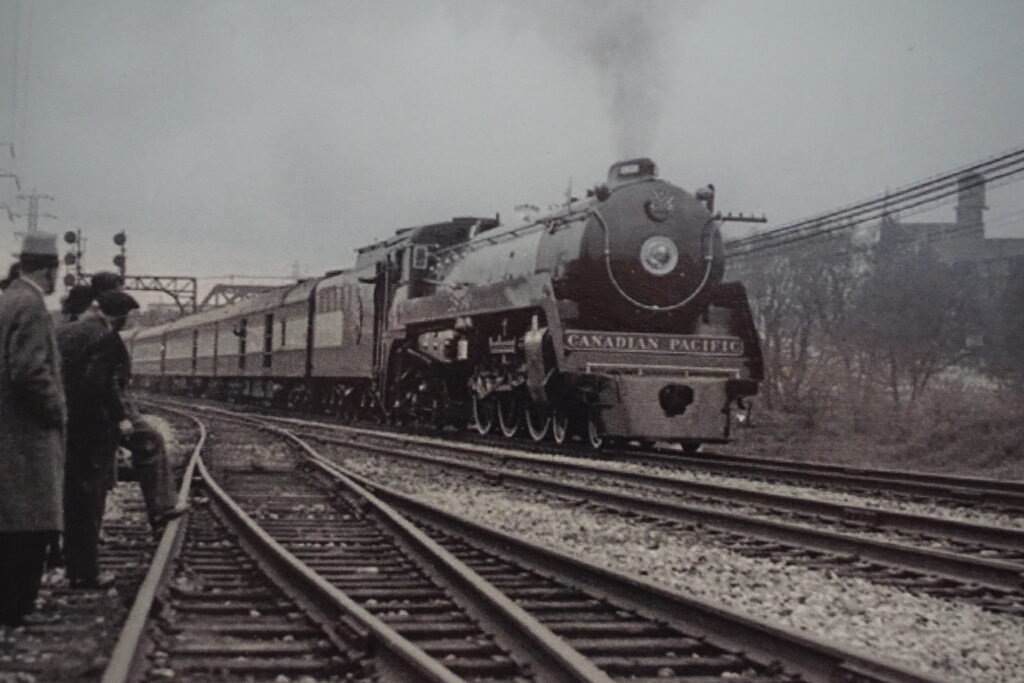
In 1871, the Canadian government promised the citizens a transcontinental railway within 10 years. This was done to bring the people of British Columbia into the newly formed Confederation. The railroad actually took 14 years, and at that time was the world’s longest and costliest one. After being completed in 1885, steam trains started crossing the prairies and mountains transporting settlers and pioneers across the country. The trains were slow and not luxurious. However, they were a vast improvement over the Carlton Trail which had moved pioneers and adventurers when railways didn’t exist.
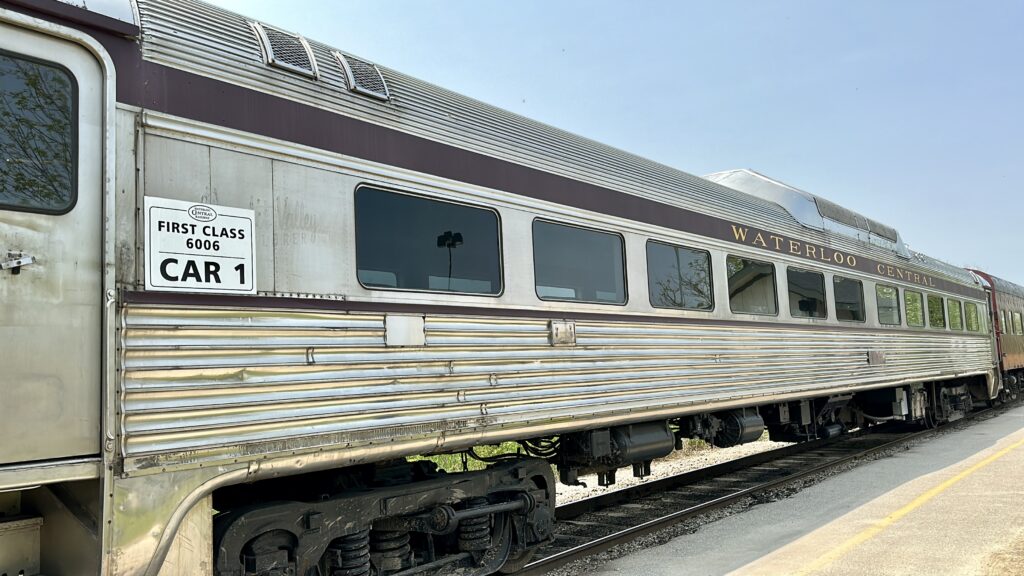
In the early 1950s, much of the Canadian Pacific Railway’s fleet was old and worn out, battled by the years of the Great Depression and WWII. In 1955, the company invested $38 million for 155 stainless steel passenger cars to re-equip its transcontinental trains. And in April of that same year, the first transcontinental train departed Toronto for Vancouver. At the time, it was one of the fastest and most luxurious trains in the world!
The Experience Onboard the Waterloo Central Railway
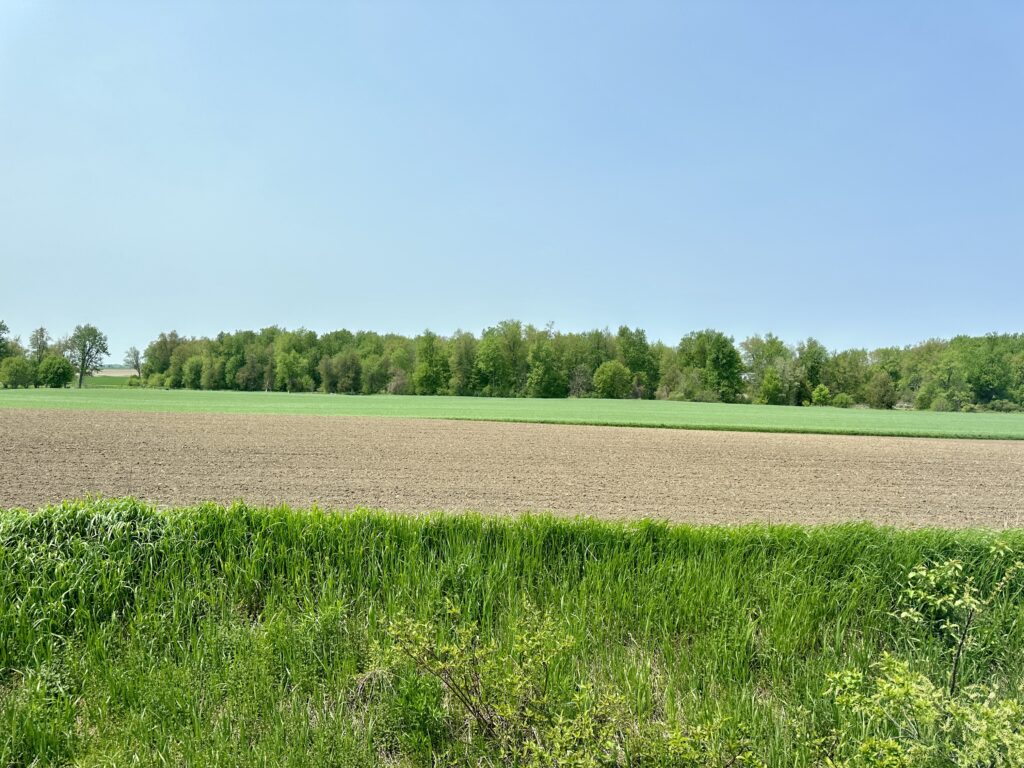
The heritage railway offers a historic train ride between Northfield Drive (close to the St. Jacobs Farmers’ Market) and Elmira. There are two daily trains, so guests can either go to Elmira and come back, or walk around Elmira and then come back on the later train. The duration is about one hour per direction. The train makes stops at St. Jacobs Farmers’ Market and St. Jacobs Village. Throughout the rides, train ambassadors walked around talking to everyone, which made it a wonderful experience.
The train is pulled by an electric and diesel locomotive manufactured in 1923, and contains two stainless steel cars dating to the 1950s, one carbon steel car dating to the 1890s, and a historic caboose.
When booking this train ride, it offered us First Class or Second Class. So we thought, what would have been First Class back in the 1950s?
First Class
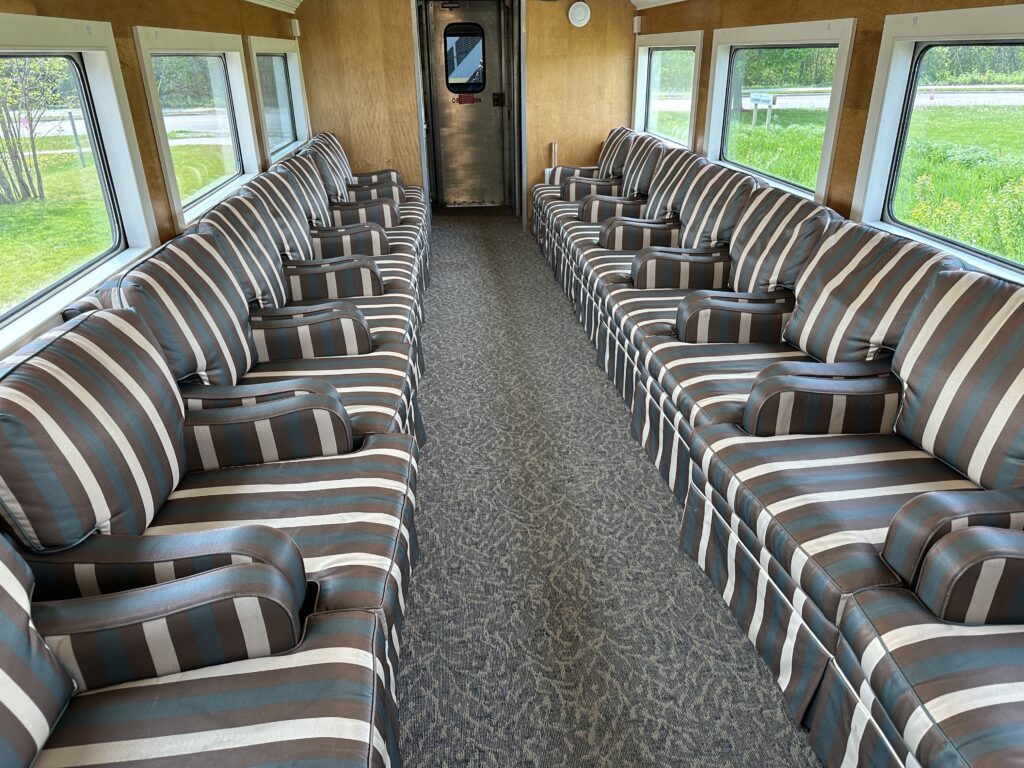
When the Canadian Pacific Railway invested in stainless steel cars, they offered travelers a lounge-like environment. This was the car we were in, offering us a hands-on experience of how First Class train travel used to be back then. The car had soft, upholstered chairs in a spacious surrounding with windows offering views of the countryside. Today, those cars are still in use by VIA Rail. In history, those cars would be used on trains between Montreal and Windsor, as well as the transcontinental Canadian train operating between Toronto and Vancouver.
Second Class
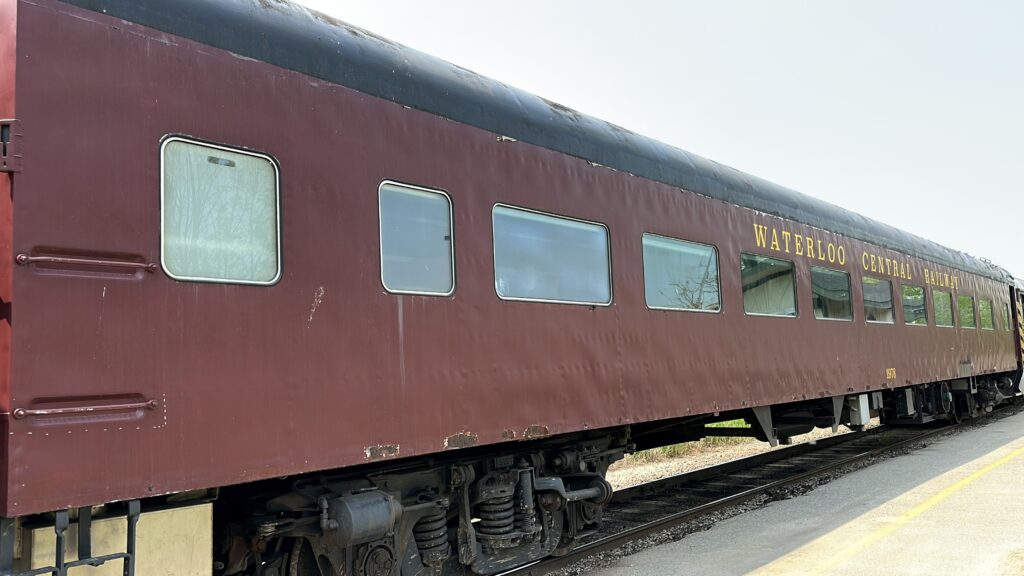
The Second Class coach was a replica of the cars built of carbon steel, dating back to the 1890s. Those were some of the first upgraded cars in the history of Canadian railways. Before the 1890s, there were wooden cars (similar material to a caboose). However, the seating on those cars was the same way that a Second Class coach would be laid in the 1950s. They offered traditional seating in groups of 4 (two seats facing another two seats) with a wide-open panoramic view of the countryside. The carbon steel cars were eventually retired in the 1960s, replacing all railway cars across Canada with the next-generation stainless steel cars.
The experience of the Waterloo Central Railway was amazing, and we would recommend it to anyone. If you want to relax and admire the picturesque countryside of Ontario’s Waterloo and Woolwich county, look no further. Take this train to experience the romance of the rails, or bring your kids to enjoy a fun and exciting train ride.

